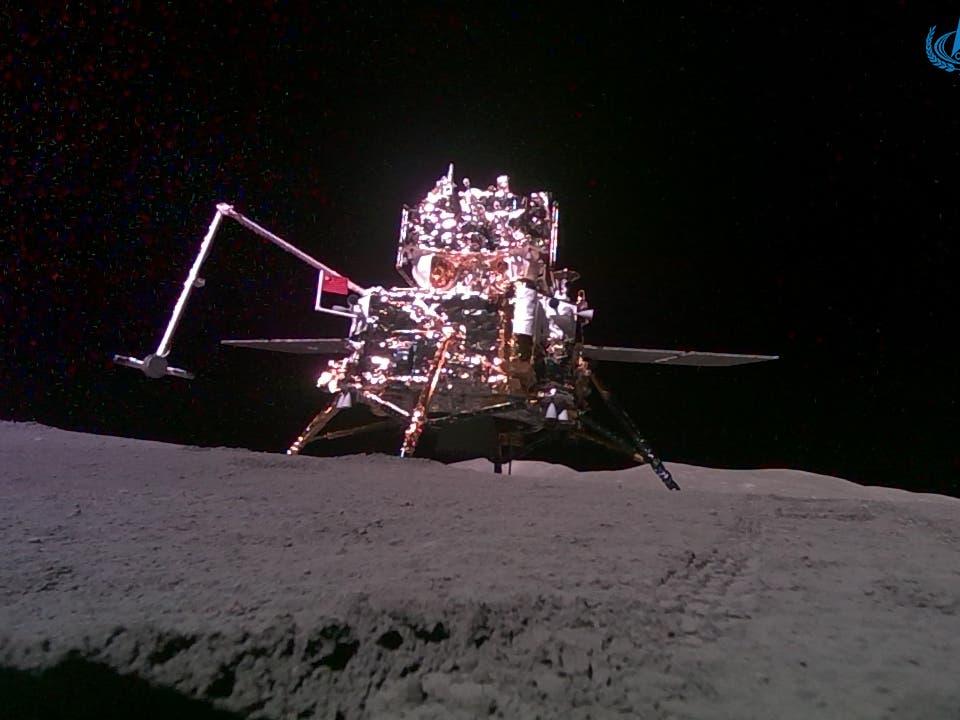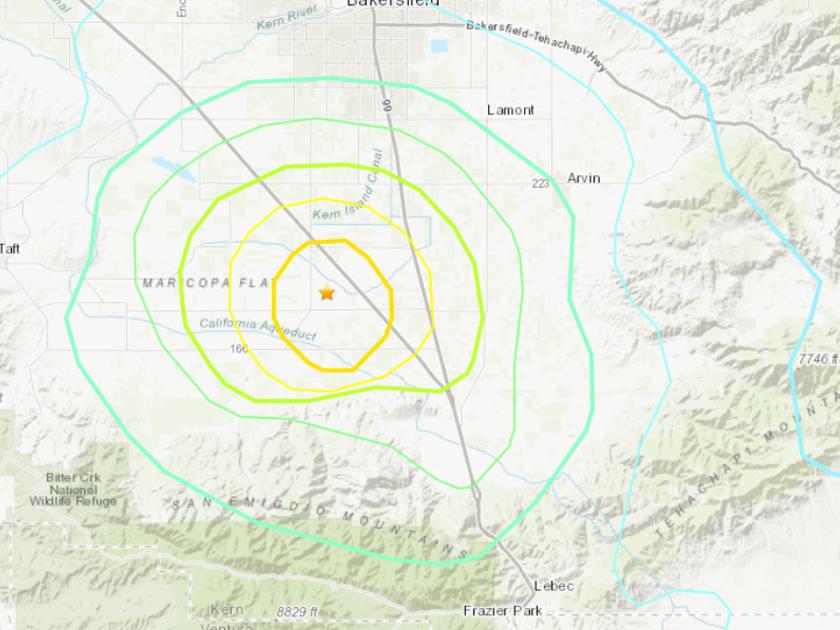China has achieved a historic milestone in space exploration as the Chang’e-6 spacecraft successfully returned to Earth on June 25, 2024, with lunar samples from the far side of the Moon. The mission, which launched on May 3, 2024, spent 53 days in space before landing in Inner Mongolia with approximately 2 kilograms of lunar dust and rocks. These samples, believed to be 2.5 billion years old, are expected to provide valuable insights into the Moon’s formation and evolution, as well as the differences between its near and far sides. The Chang’e-6 probe made its historic landing on the Moon’s surface on June 2, 2024, and collected the samples from the previously unexplored South Pole-Aitken Basin before returning to Earth. Chinese leader Xi Jinping has lauded the mission as part of China’s ‘eternal dream’ to become a space superpower and has outlined ambitious plans for future lunar exploration, including establishing a research base on the Moon by 2030 and sending astronauts to its surface. The successful mission of Chang’e-6 not only underscores China’s growing capabilities in space but also promises to enhance our understanding of the Moon and the inner solar system.
Key points
- Chang’e-6 mission successfully returned to Earth with samples from the Moon’s far side, a first in history.
- The spacecraft collected about 2 kilograms of lunar dust and rocks, expected to be 2.
- China’s lunar exploration program aims to establish a research base on the Moon by 2030 and send astronauts there.
5 billion years old.



